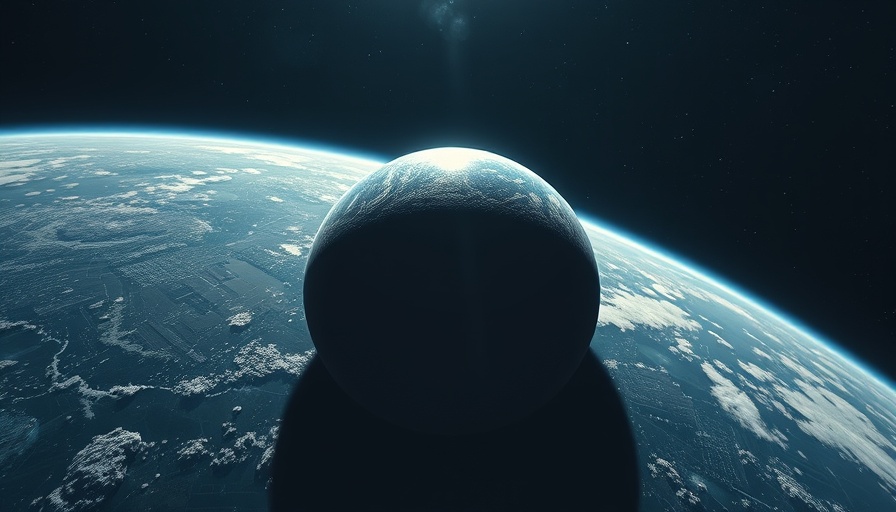
Asteroid Threat: Understanding the Urgency
Asteroids are not just fascinating celestial objects; they represent a significant risk to our planet. The recent sighting of asteroid 2024 YR4 underscores the ongoing need for robust tracking and measurement methods, particularly for Near-Earth Objects (NEOs). With over 37,000 NEOs cataloged, the urgency to accurately determine their trajectories has never been higher.
New Method Revolutionizes Distance Measurements
Recent research led by Maryann Fernandes from Duke University introduces a revolutionary approach for measuring asteroid distances, promising significant reductions in time for obtaining critical data. The study, published in The Astronomical Journal, outlines a technique that can reduce distance determination time to just one night of observations, leveraging the capabilities of future astronomical technologies like the Vera Rubin Observatory (VRO).
The Vera Rubin Observatory: A Game Changer
Set to commence operations in July 2025, the VRO will systematically scan the southern sky every few nights, casting a wide net to detect smaller asteroids that might go unnoticed. Although capable of spotting these objects, translating sightings into precise distance measurements has been a much slower process—until now. The VRO’s potential to detect 130 NEOs in one night exemplifies how rapidly advancing technology will bolster our understanding of space threats.
Topocentric Parallax: Unlocking the Secrets of Asteroid Measurement
The breakthrough method, centered on a technique called topocentric parallax, capitalizes on the Earth’s rotation to measure the distances between asteroids and observatories. By observing these celestial bodies from varying positions, scientists can create a three-dimensional model of where an asteroid is located in space. This innovative approach not only enhances accuracy but also utilizes existing observational data more efficiently, guiding further developments in space monitoring.
Insights from Synthetic Data Testing
During the study, researchers employed synthetic data of 19 different asteroids to test their new method. Observations were conducted six times over a single night, revealing a strong correlation between measured and true distances. The results affirmed that with the right techniques, even relatively minor adjustments in observational strategy can yield substantial improvements in measurement precision—critical for assessing imminent asteroid threats.
A Future of Safety and Preparedness
Gaining the capability to measure asteroid distances swiftly transforms our approach to planetary defense. Should we identify a threatening object years in advance, timely and informed decisions can be made. With researchers indicating that distances could potentially be resolved to below a 1% uncertainty level after a single night’s observation, humanity stands on the brink of a new age in asteroid monitoring and impact prevention.
Concluding Thoughts
This advancement demonstrates a profound shift toward proactive asteroid tracking. As we face the persistent potential for space impacts, one cannot underestimate the importance of understanding cosmic threats. With ongoing research and innovative discoveries, the prospect of a safer Earth against asteroid collisions seems more attainable than ever before.
 Add Row
Add Row  Add
Add 




Write A Comment